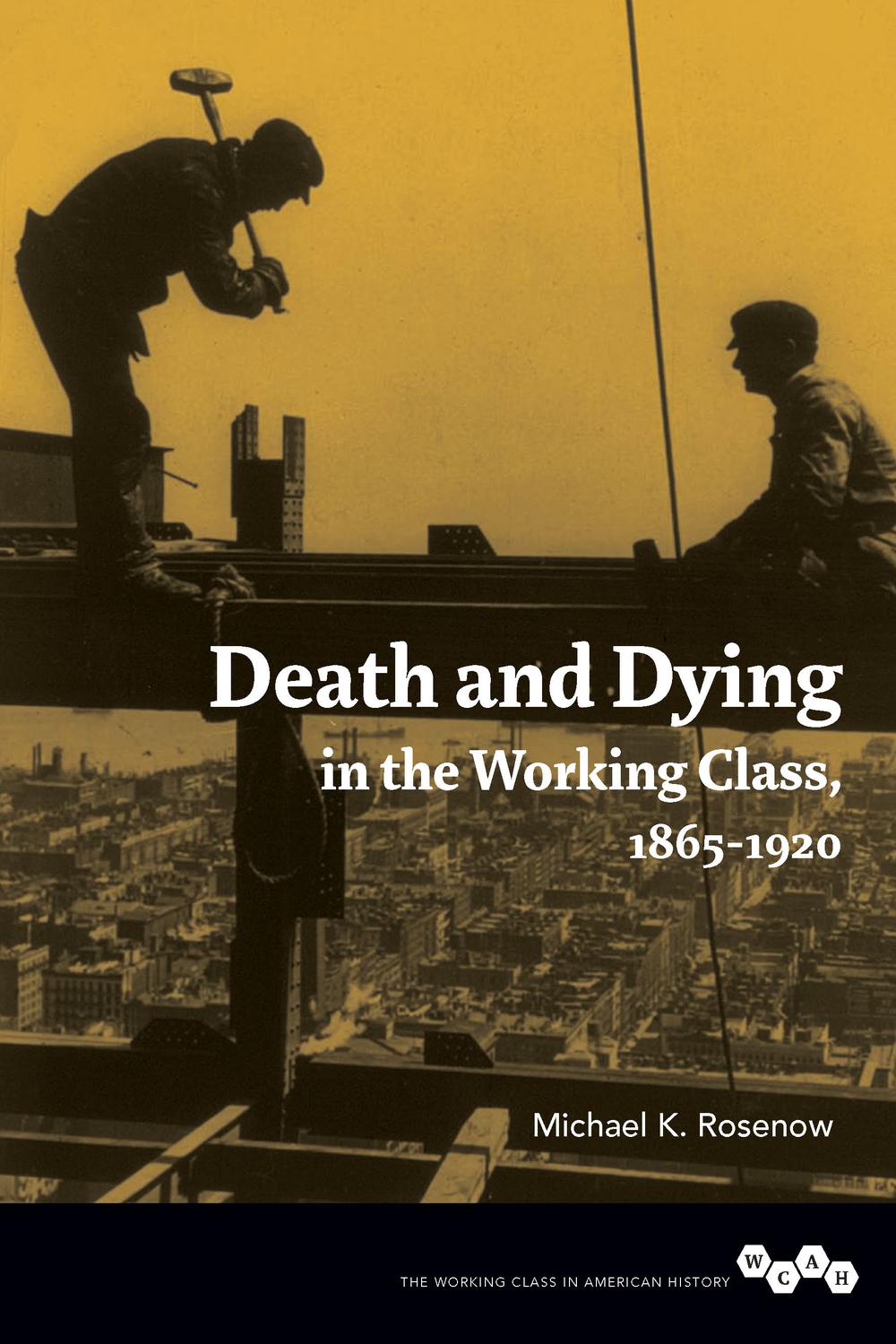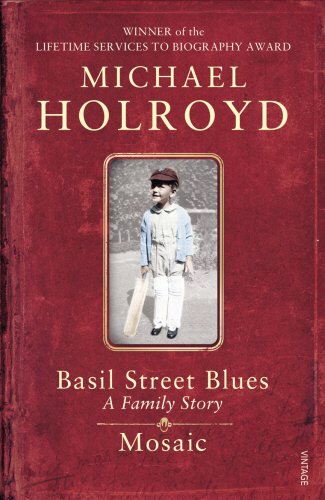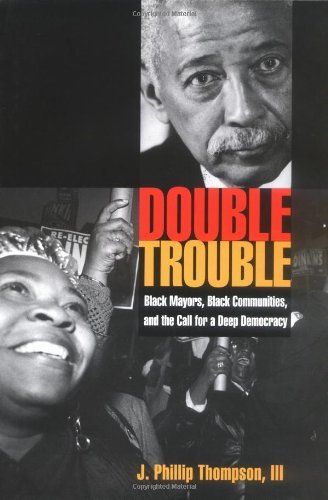Death and Dying in the Working Class, 1865-1920
Michael K. Rosenow
Michael K. Rosenow investigates working people's beliefs, rituals of dying, and the politics of death by honing in on three overarching questions: How did workers, their families, and their communities experience death? Did various identities of class, race, gender, and religion coalesce to form distinct cultures of death for working people? And how did people's attitudes toward death reflect notions of who mattered in U.S. society? Drawing from an eclectic array of sources ranging from Andrew Carnegie to grave markers in Chicago's potter's field, Rosenow portrays the complex political, social, and cultural relationships that fueled the United States' industrial ascent. The result is an undertaking that adds emotional depth to existing history while challenging our understanding of modes of cultural transmission.
General, United States, Civil Rights, General, Labor & Industrial Relations, Death & Dying, General, Allied Health & Medical -> Nursing -> General, Social Sciences -> History -> Military History, cs.soc_sci.poli_sci.gen_polit_sc, Social Sciences -> Political Science -> Labor & Industrial Relations, Social Sciences -> Sociology -> Sociology of Death, Social Sciences -> History -> American History
| Name in long format: | Defining Girlhood in India A Transnational History of Sexual Maturity Laws |
|---|---|
| ISBN-10: | 0252097114 |
| ISBN-13: | 9780252097119 |
| Book pages: | 360 |
| Book language: | English |
| Edition: | 1 |
| Binding: | eBook |
| Publisher: | University of Illinois Press |
| Dimensions: | eBook |

















